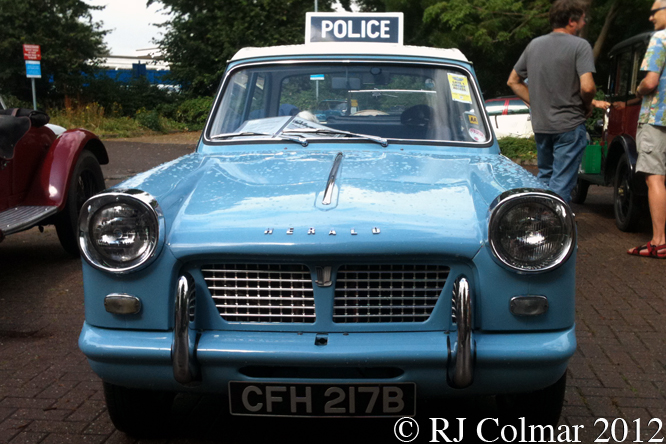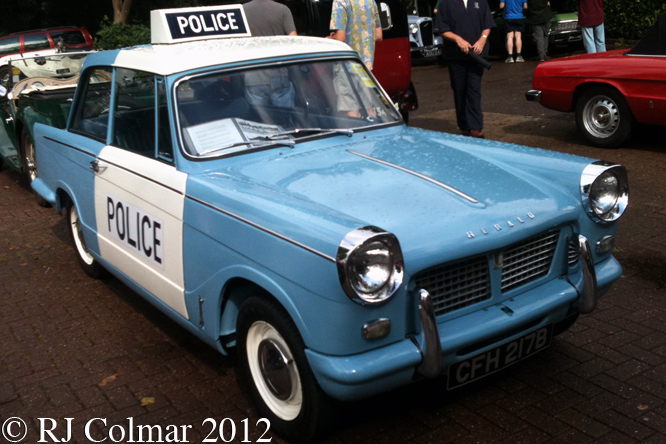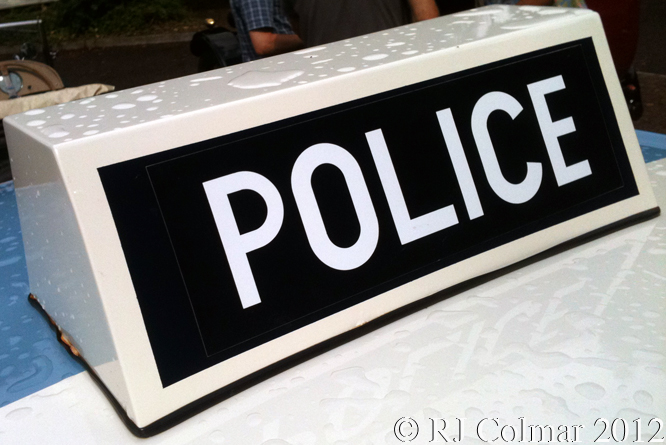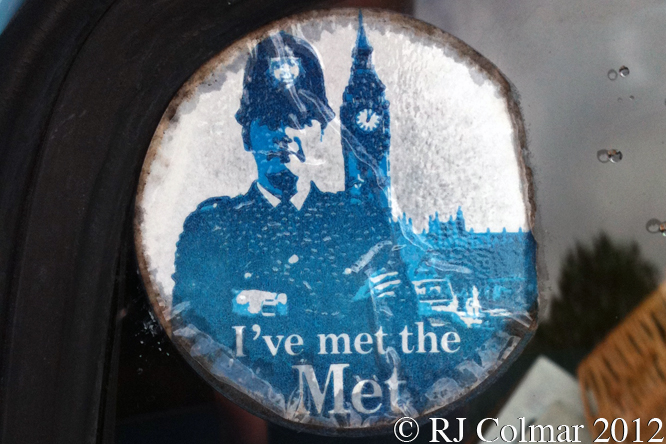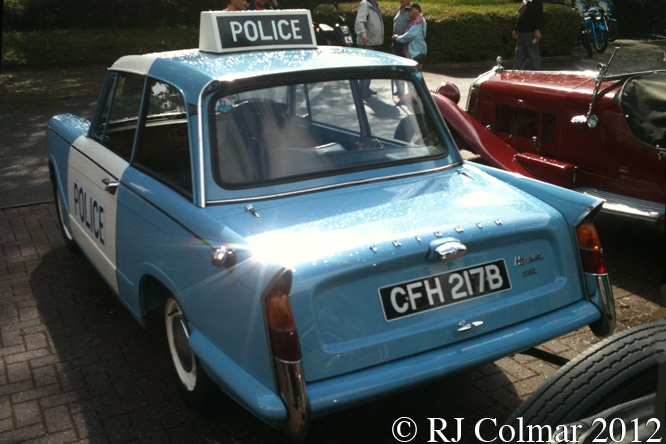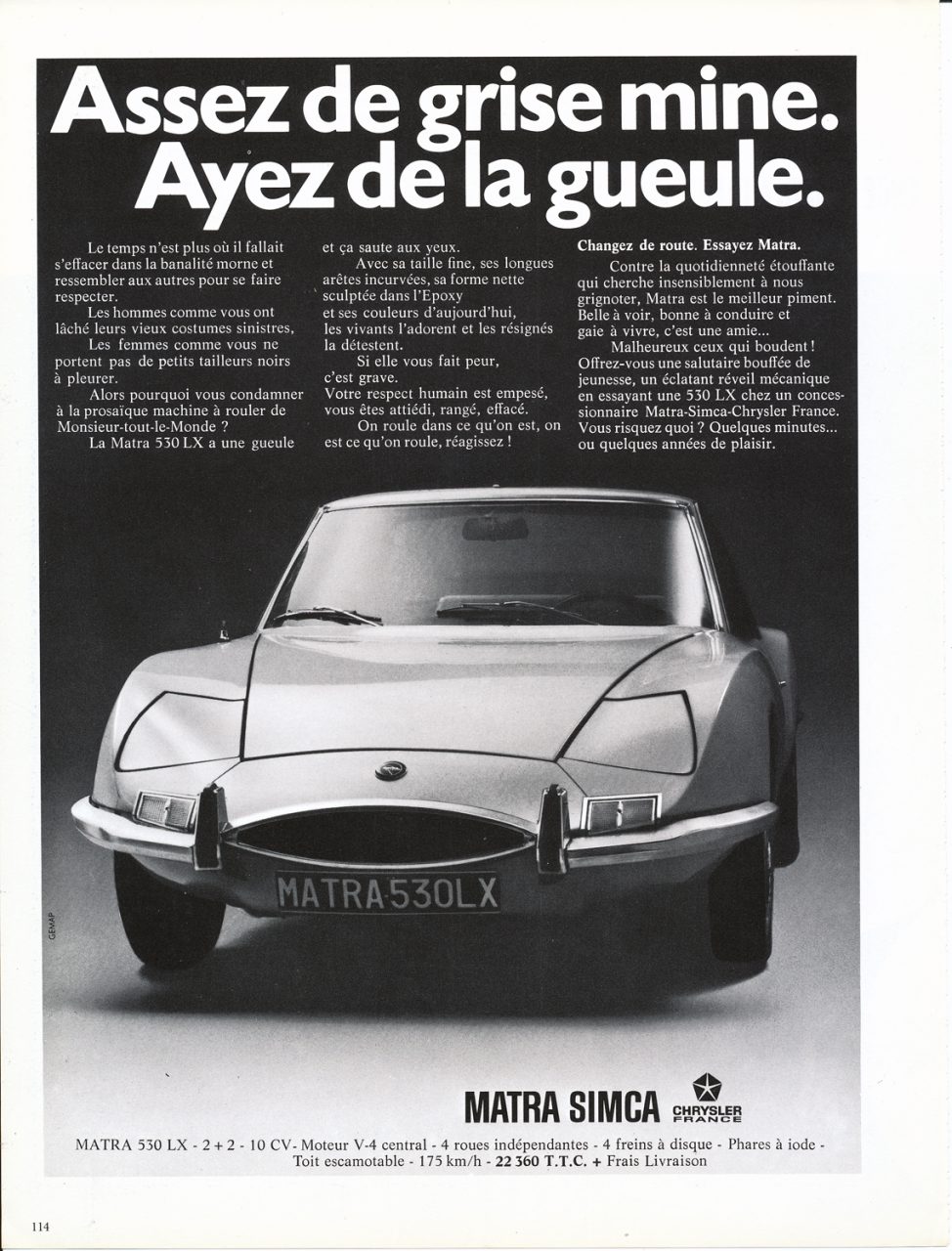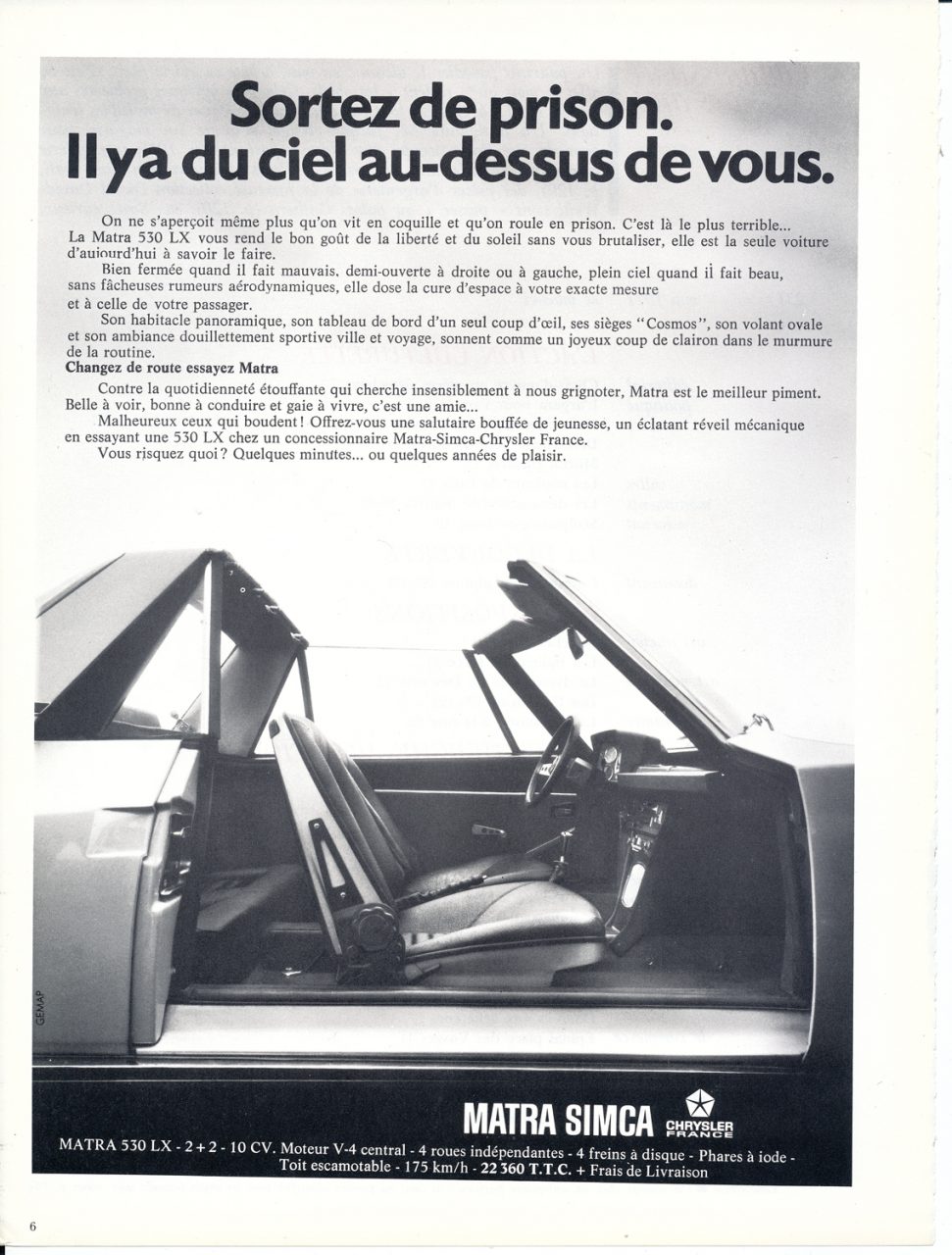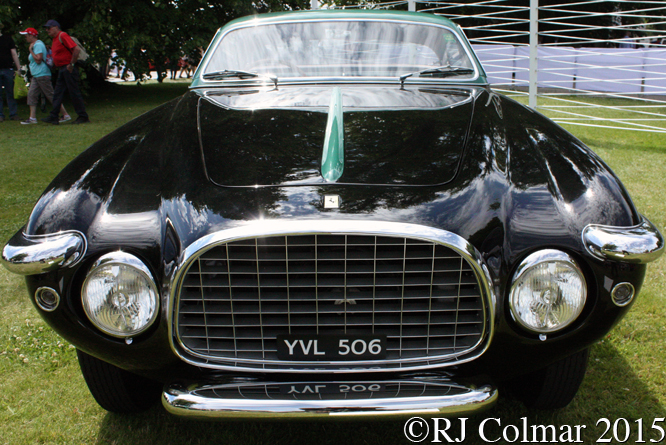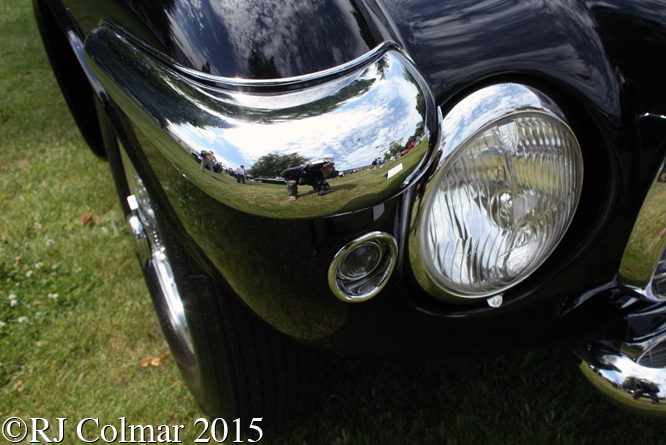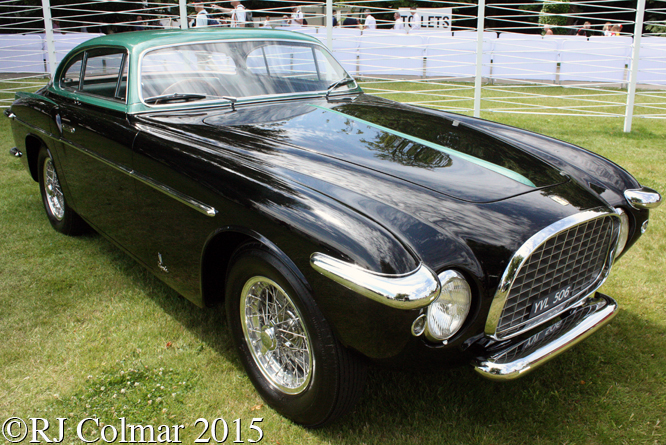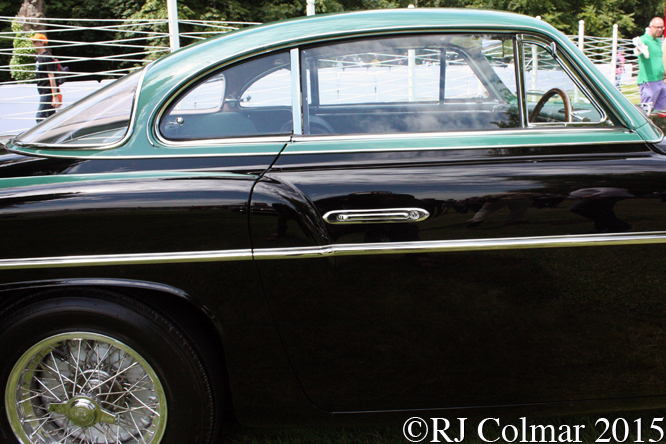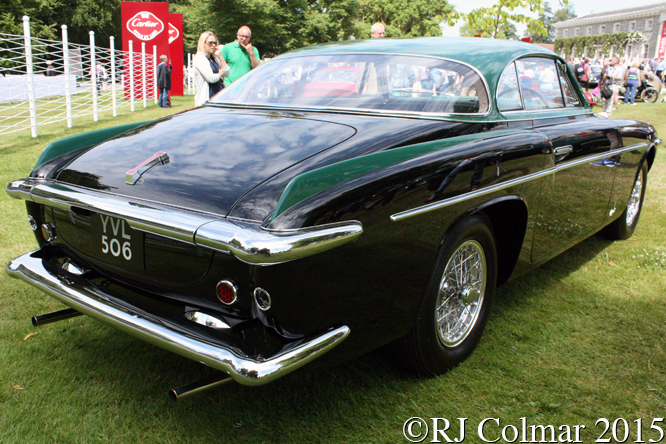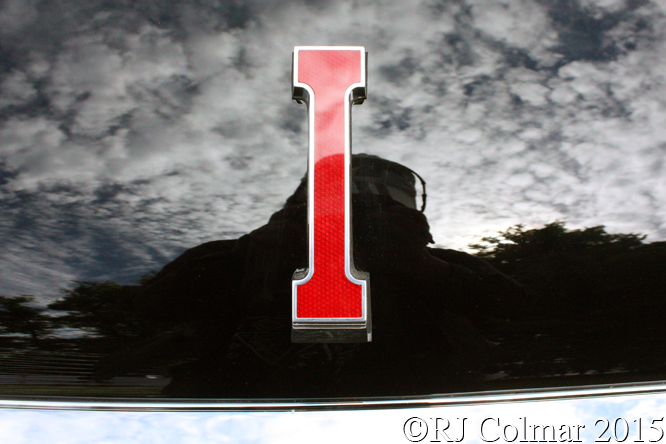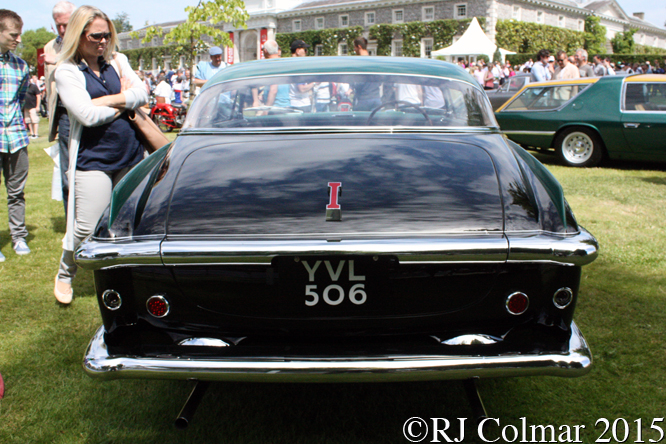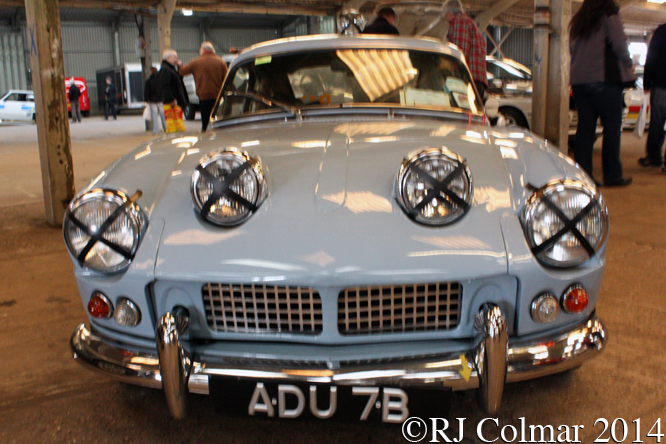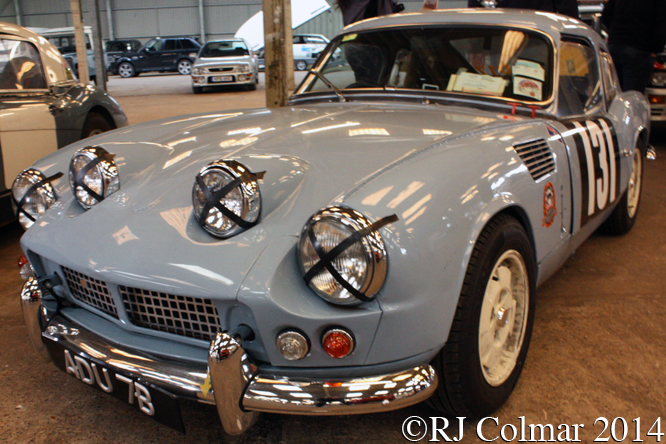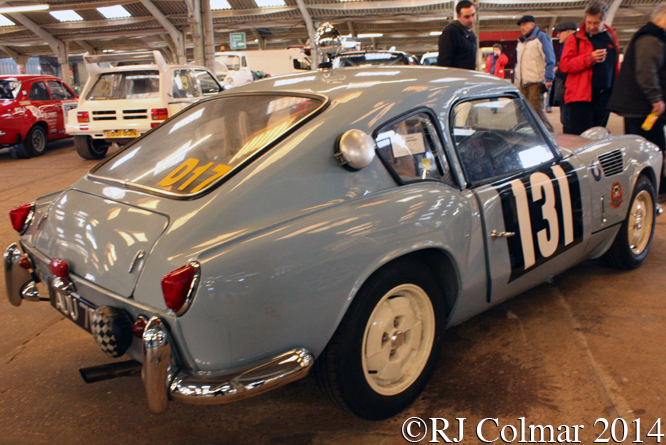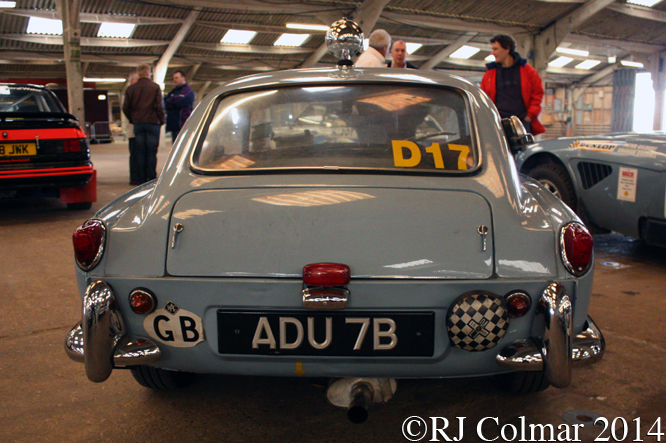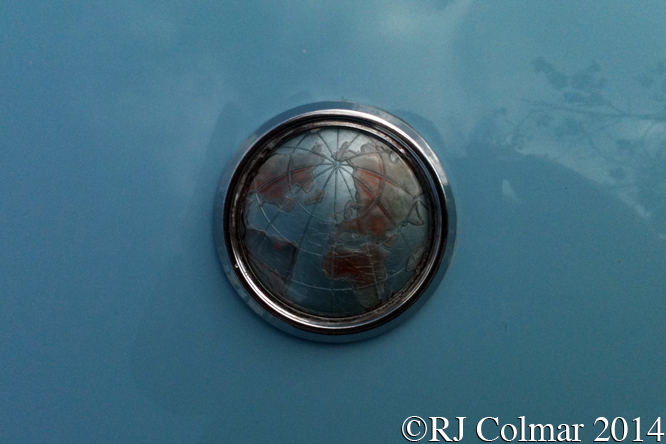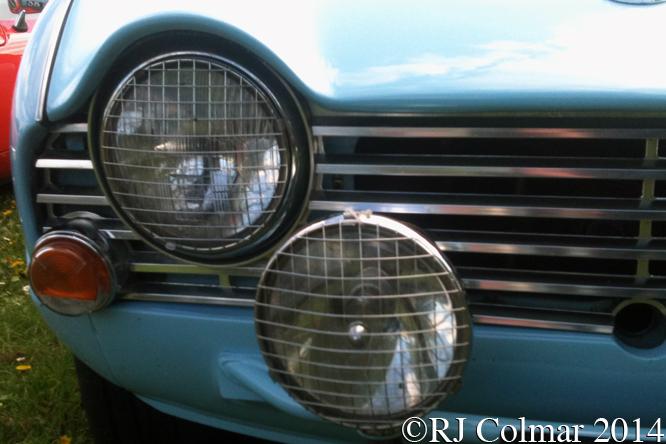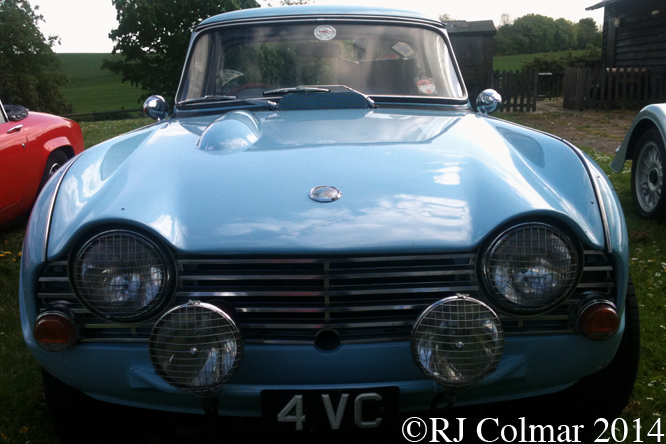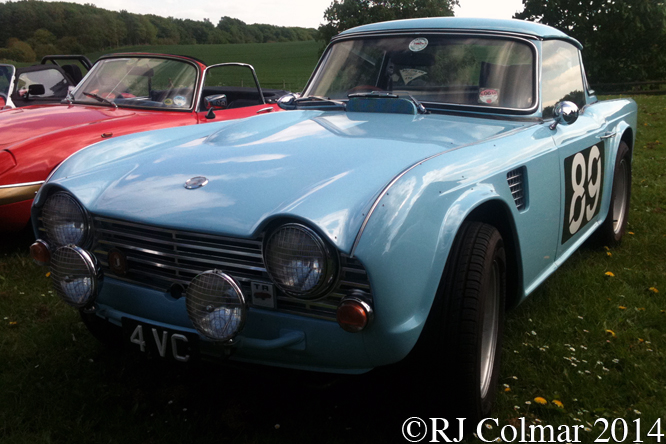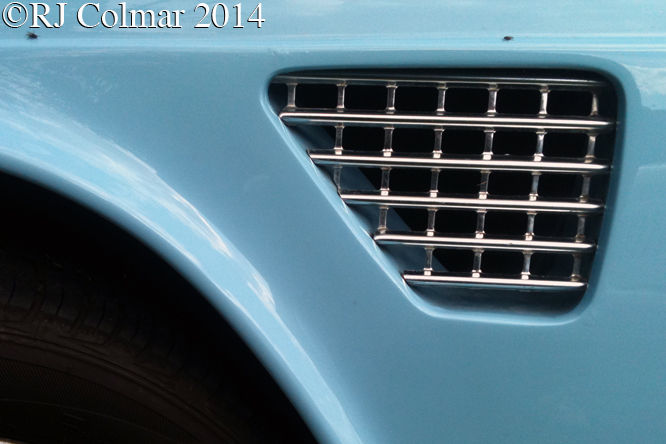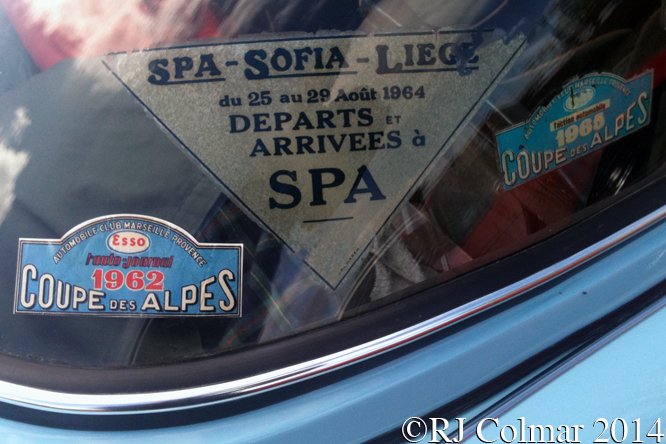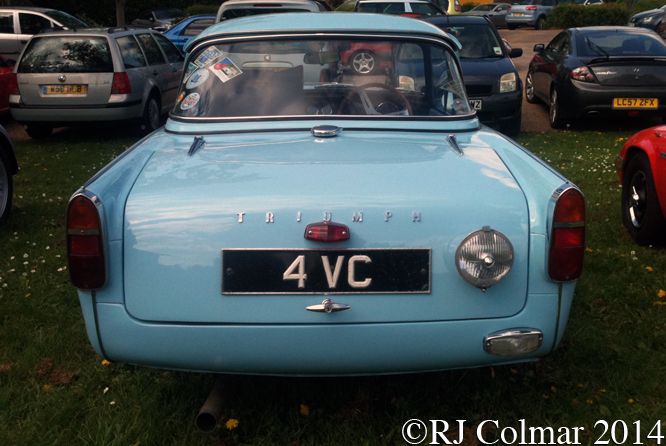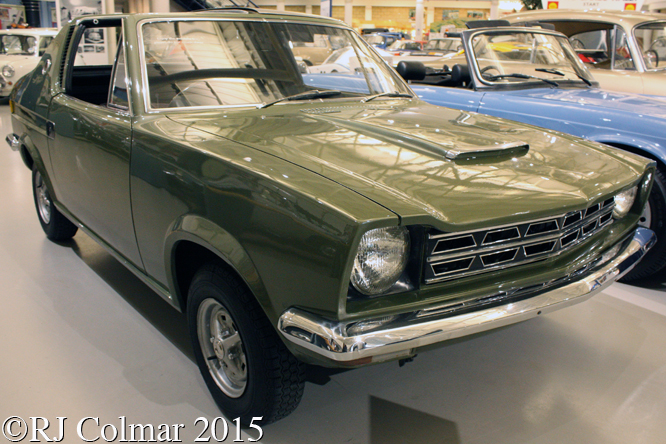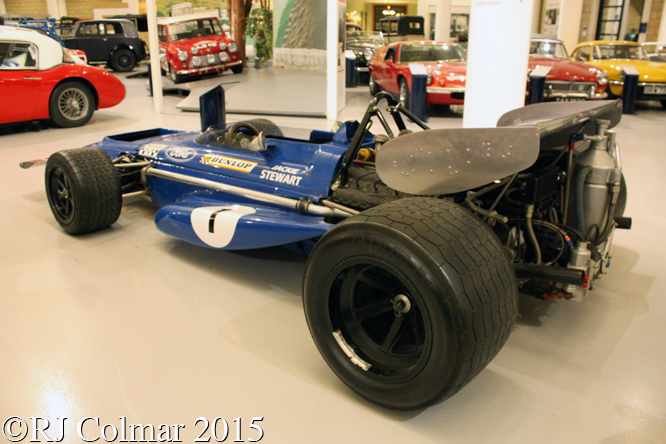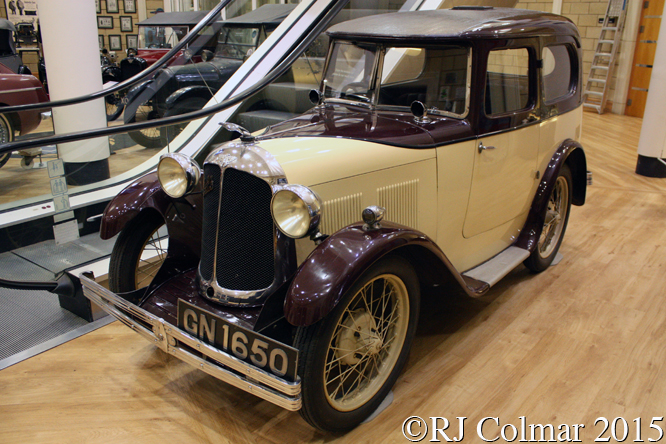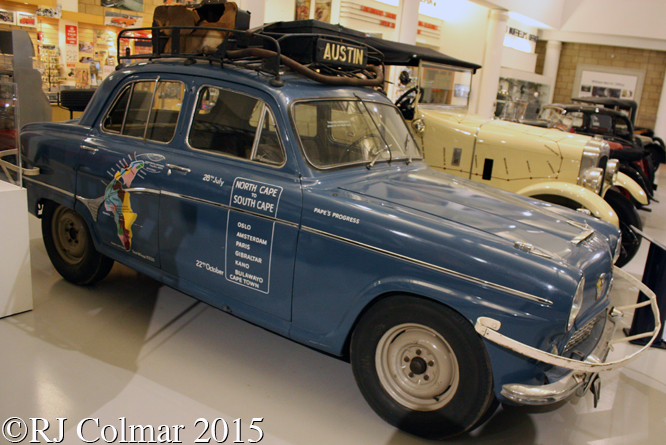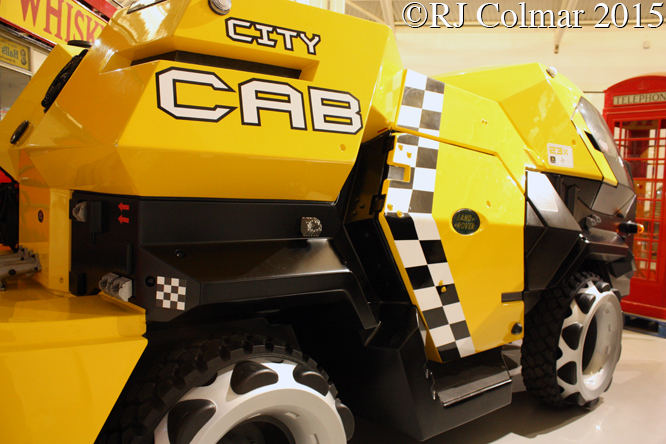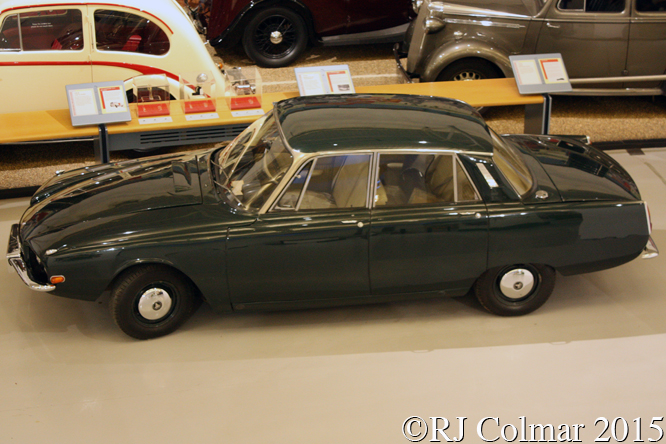After rejecting the ADO34 and ADO35 projects to put the MG name on a Mini based vehicle in 1966 the conglomerate known as British Leyland Motor Corporation Ltd since 1968 re visited the idea of building a Mini based MG in 1970.
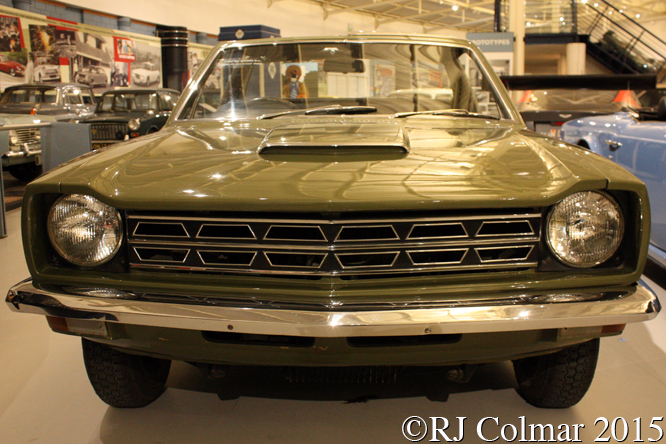
Project code ADO70 also known as the Michelotti Mini seen here is based on a 1275GT chassis and running gear a model which had been introduced in 1969.
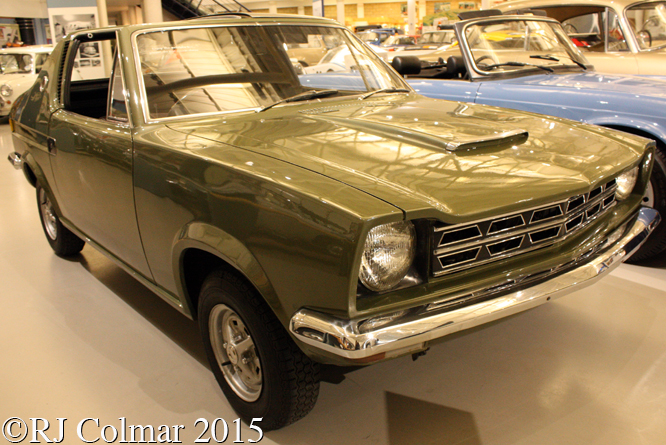
The only mechanical modification to the car was the fitting of twin exhaust tail pipes.
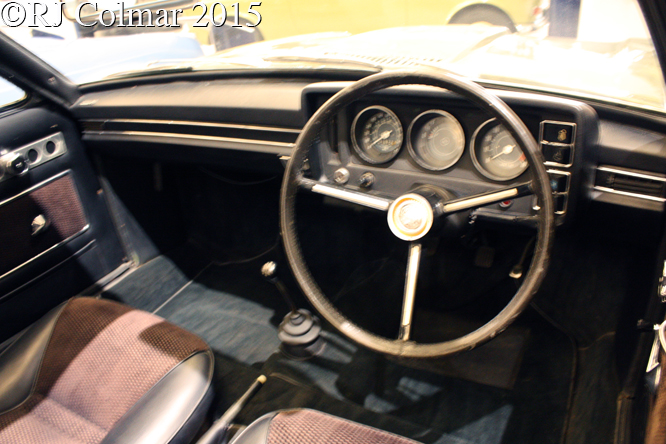
Paul Hughes at the BLMC Longbridge works was responsible for the split Targa top styling and when the drawings were complete another member of the design team Robin Owen drove the new Mini 1275GT with it’s twin tailpipe modification over to Studio Tecnico Carrozzeria G. Michelotti in Turin, Italy
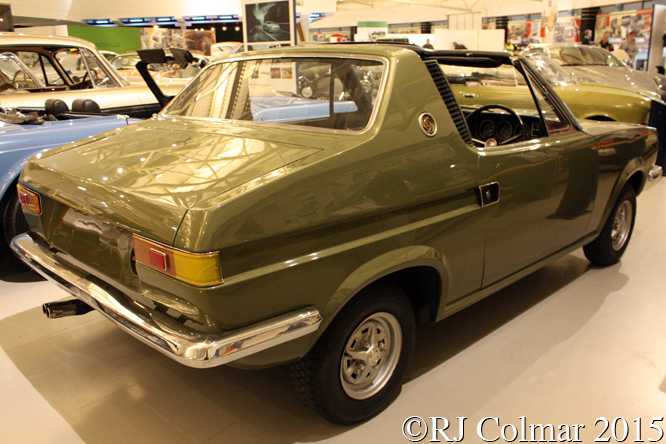
For two months Robin oversaw the removal of the original bodywork and it’s replacement with the new design at Michelotti.
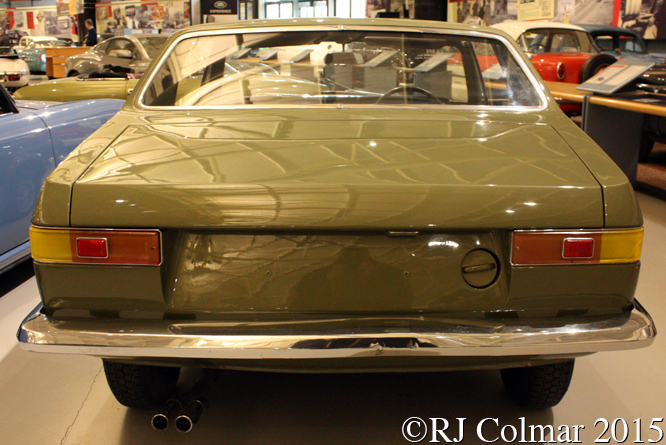
On returning the Michelotti Mini to the UK it was immediately apparent that the new body was too heavy and that the twin tailpipe modification was insufficient to make for the lost performance, or to warrant putting the car in production with an MG badge.
New safety and emissions legislation in the USA were also responsible for halting any further development of the ADO70.
Thanks for joining me on this “Michelotti Mini” edition of “Gettin’ a li’l psycho on tyres” I hope you will join me again for Mercedes Monday tomorrow. Don’t forget to come back now.


